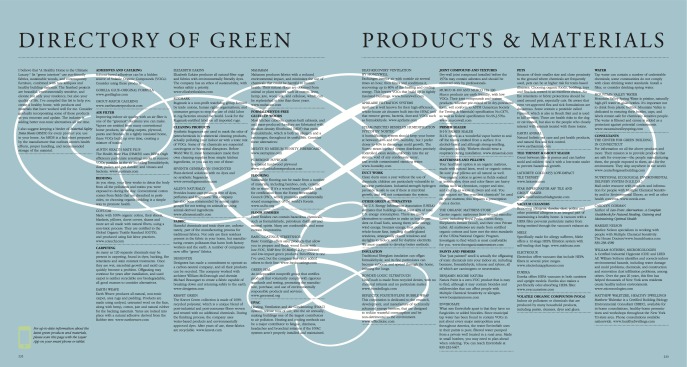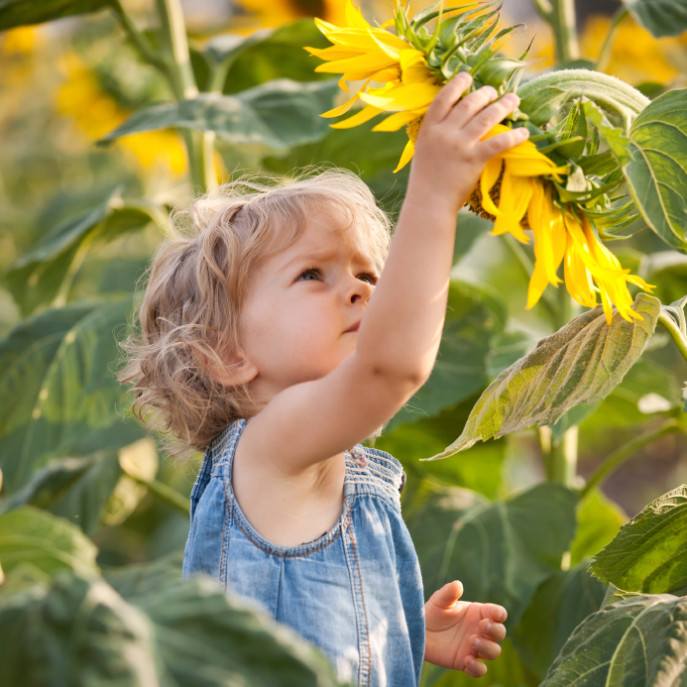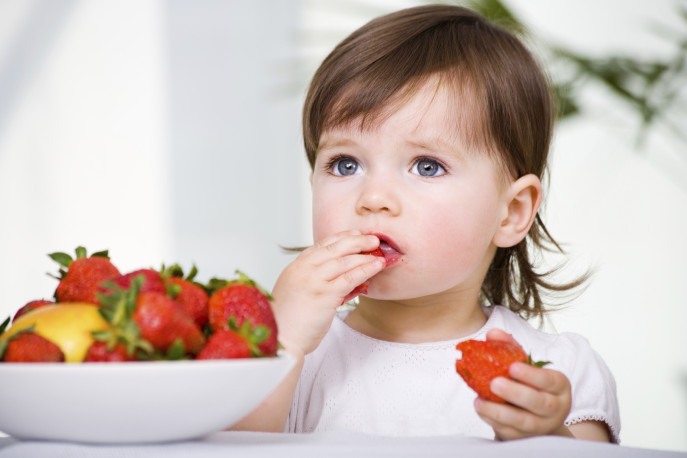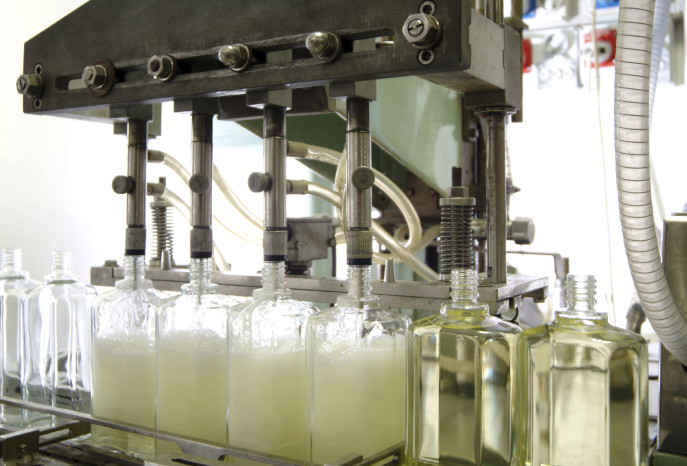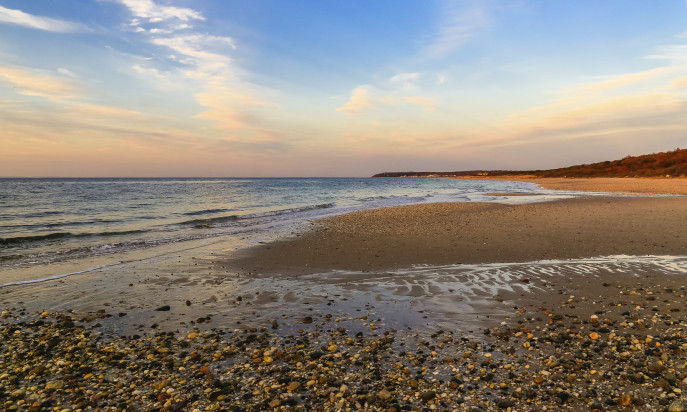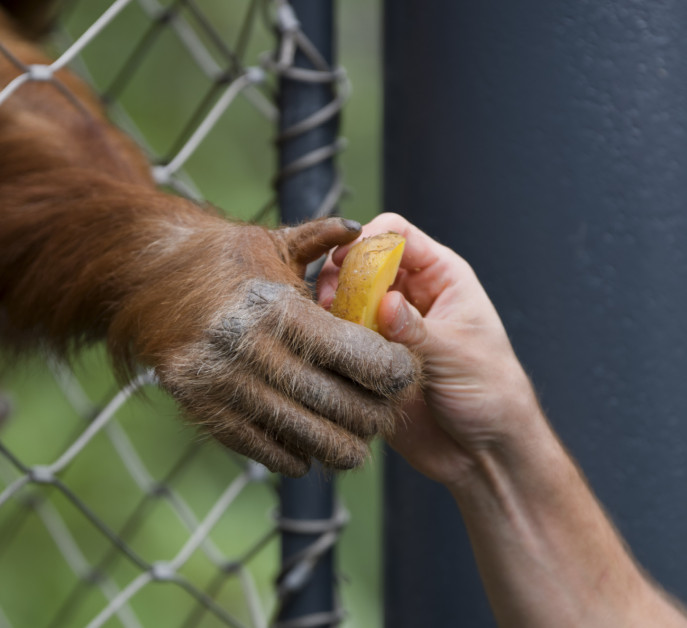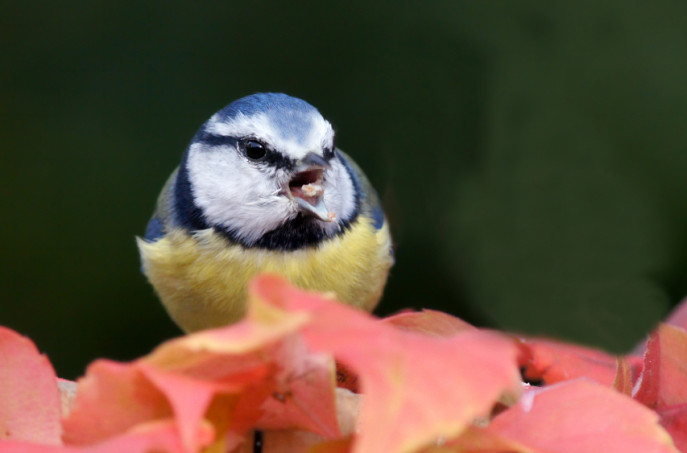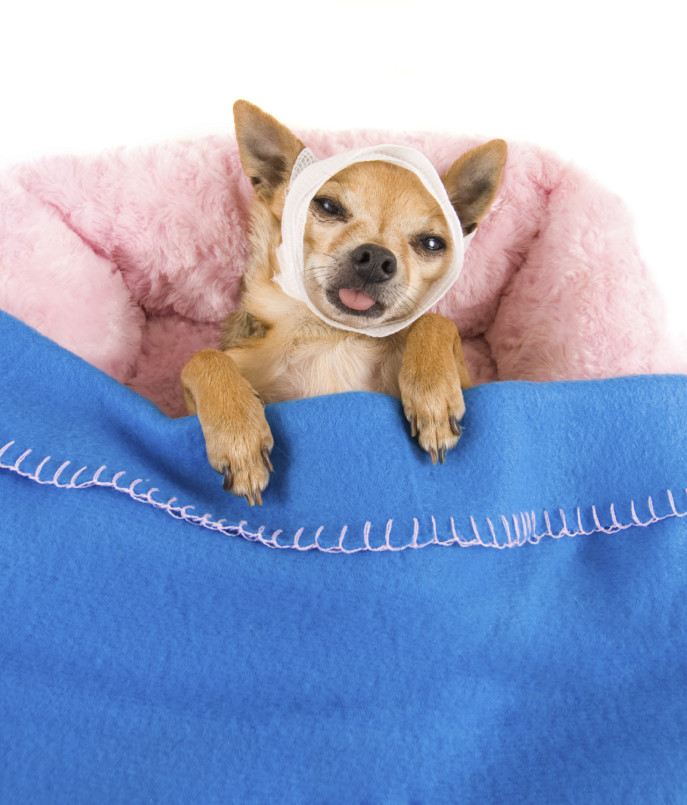My commitment to living sustainably is a 365 day a year endeavor, and I know that’s true for many of you, too. Earth Day, though, provides us an annual opportunity to reflect on our connection to to the earth, and to make a fresh start with a clean slate. Andy Goldsworthy, a British sculptor and environmentalist, says, “We often forget that we are nature. Nature is not something separate from us. So when we say we’ve lost our connection to nature, we’ve lost our connection to ourselves.”
One of the ways we lose that connection is through the use of pesticides and dangerous chemicals. Warning people about the dangers of these toxic materials has been a large part of my life’s work; you can read some of what I’ve written before here, and here. My book, Comfort Zone: Creating the Eco-Elegant Interior, offers several helpful resources, from a guide to green products, to a recommended reading list, to my own personal stories of being exposed to pesticides and other chemicals, beginning as a small child. We have options rather than resorting to dangerous and toxic products. Learning more is the first step.
The half life of some pesticides is over 500 years, and the drift when sprayed can be over a mile. There are surprising ways to be exposed to pesticides, for instance, an alarming number of pesticide ingredients can be found in ordinary house dust.
Pesticides and fertilizers can also find their way into groundwater over time, in one of two ways. Chemicals can enter groundwater through a stream after a rainstorm as runoff. Or they can reach groundwater by leaching, which is the downward movement of a substance through soil. Not only does this result in algae bloom, which removes oxygen from the water and results in “dead zones,” but the 75 million pounds of pesticides Americans spray on their gardens each year can be ingested by fish, who become diseased. Once we eat those fish, the cycle of pollution has come full circle.
According to the Natural Resources Defense Council (NRDC), pesticide use has increased over 50% in the past three decades, and today totals 8 pounds for every man, woman, and child in the U.S. Approximately 875 pesticide ingredients are formulated into 21,000 different products. Our children are most at risk, according to the The National Academy of Sciences, due to their immature systems and a more rapid metabolic rate. In addition, children frequently consume fewer different types of food, possibly leading to higher exposure through their diets.
Good news! A highly toxic pesticide and known carcinogen used primarily in strawberry fields, methyl iodide, has been withdrawn from the market by its manufacturer.
If that isn’t enough to concern us, the Environmental Protection Agency (EPA), has identified at least ninety six different pesticide ingredients registered for use that are potential human carcinogens. The link above will take you to a page where you can order the booklet that lists them.
We also know more today about products that include parabens, known to be endocrine disruptors, that are commonly used as preservatives in many popular cosmetics. They are also used as food additives. Dr. Frank Lipman, a leading holistic physician, offers an overview of dangers and tips on how to avoid them here. We all need to read labels. Whole Foods has wonderful, safe, clean products for your hair, skin and face. I also like Nurture My Body products, available online.
I have been stirred to action by leading environmentalists, scientists and authors who have spoken out about the dangers we face. One of the books I often recommend is Our Stolen Future, by Theo Colborn, Dianne Dumanoski, and John Peterson Myers. Rachel Carson, in Silent Spring, published in 1962, said, “Can anyone believe it is possible to lay down such a barrage of poisons on the surface of the earth without making it unfit for all life? They should not be called ‘insecticides,’ but biocides.”
She went on to explain that the pesticide industry grew out of World War II with chemical testing. Once scientists realized they had the ability to kill insects, they envisioned a new and better world for people.
A book titled Our Daily Poison: From Pesticides to Packaging, How Chemicals Have Contaminated Our Food Chain and Are Making Us Sick, by Marie-Monique Robin, is also a film by the same name, a documentary that reveals a broken safety system. You can watch a three minute video about the film here.
Being aware of the dangers of pesticide use is not enough to protect us. Unfortunately, we can be exposed to very toxic chemicals without our knowledge or permission. Several years ago, I lived in a beautiful apartment in Greenwich, Connecticut with stunning views of Manhattan and Long Island Sound. My apartment was pristine and clean and chemical free, so at first I was puzzled about my dizzy spells.
When I spoke to other tenants in the building, they affirmed that many residents were being made sick by something in the air. I hired an Industrial Hygienist to investigate, and found that the building management was using a rodenticide that had been banned from use for over fifteen years, since it had been linked to kidney cancer. The force of air from the elevators was pushing the vapors of this toxic chemical from the basement onto each floor.
On April 9th of this year, the Philadelphia Inquirer published an account of a Wilmington, Delaware family that was poisoned after being exposed to a banned pesticide at a vacation condo in the U.S. Virgin Islands. A couple and their two teenage sons were hospitalized after occupying a condo one floor above a space that was sprayed with an odorless pesticide called methyl bromide, that can cause convulsions and coma. It was banned for us in residential settings in 1984, but it is still marketed for some agricultural uses.
Two weeks later, the EPA reported that there is evidence that methyl bromide has been used improperly at locations in Puerto Rico. In addition, Virgin Islands newspapers have reported that companies on two other islands, St. Thomas and St. Croix, had stocks of the pesticides.
It’s easy to become frightened and even overwhelmed by what’s happening on our planet, but knowledge is power. I have always believed in the Power of One, the ability each of us has to make a difference. By being informed, and by informing others, we can protect ourselves and our planet. Let’s start today!







